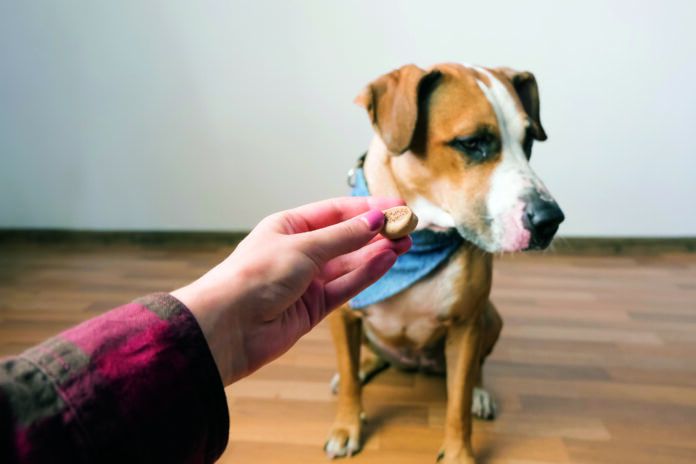We’ve all seen it: Someone tells their off-leash dog to “come,” the dog doesn’t come, and the person keeps repeating the cue, getting angrier and angrier each time. Still, the dog doesn’t comply.
Why should he? By saying the word over and over to no effect, the person is giving the dog the clearest message possible that it’s okay to ignore her. Then, too, dogs are very literal. When a dog is being yelled at, he’s not going to want to hotfoot it over to the person who is upset with him. He’s thinking, “Why should I go to her? It can’t possibly end well.”
That’s not to say that a cue should absolutely never be repeated. A dog might not hear you, for instance, or might not realize at first that you’re holding a treat for him if he goes along with your instructions. But for the most part, as hard as it might be, “one” is the correct number of times to give a dog a verbal cue.
Herewith, other common training mistakes that people with dogs make — and how they can backfire in the overall plan to make a dog more cooperative.
1. Training when the dog has just eaten. You can’t teach a dog to respond to a verbal cue without letting him know there’s a reward for getting it right. And for most dogs, that reward is a morsel of food. But if a dog has just eaten, he might not feel motivated to “perform” in exchange for something to eat. Granted, a dog shouldn’t be ravenous when you’re training him — he has to be able to concentrate. But he shouldn’t feel full, either. You might get much better results training shortly before mealtime than shortly after.
2. Offering ho-hum rewards. You might be able to get away with teaching a dog to sit or lie down with small pieces of dog biscuits. But for more complicated moves that require greater focus, greater incentives may be necessary — pinky-nail sized pieces of chicken or beef, for instance, or tiny offerings of cheese. Like people, dogs will often work harder for greater rewards.
3. Showing impatience. Think of a small child who’s trying to get the hang of learning how to ride a two-wheeler. Imagine how much more difficult it would be if you showed how frustrated you were that she wasn’t getting it. Chances are that you’d be more inclined to let her know by your tone that having a little trouble up front is just part of the process, and you’d praise her as warmly and enthusiastically as you could when she began pedaling without your holding the back of the bicycle seat. Apply the same approach with a dog. Never show impatience or annoyance when he is slow to pick up a new training cue. He’s not trying to mess with you. It’s just taking him some time to master the step.
4. Going at it for too long. A training session for basic cues should last only a few minutes, at most. You might be able to engage in two or three short training sessions in a single day, but if a single session lasts longer than 5 minutes (and in many cases even longer than 2 minutes), there’s more than a good chance that it’s lasting for more time than it should. A dog can only concentrate for so long. Note: Short sessions will help keep you from losing your patience.
5. Ending on a sour note. Training should be fun for a dog. If your pet isn’t able to comply with your cue by the end of a session, go back to a cue that he does know well and reward him for getting it right. He needs to be able to come away from his learning lessons with a good feeling so that he is willing to try again next time.





